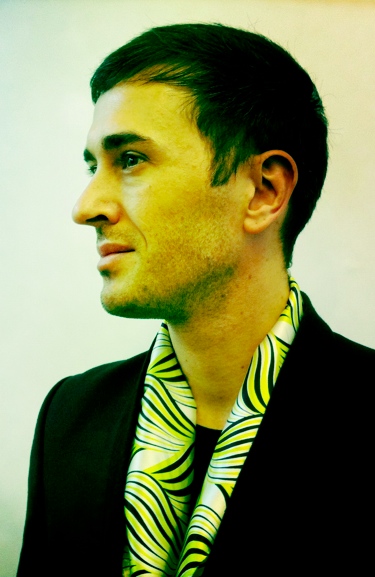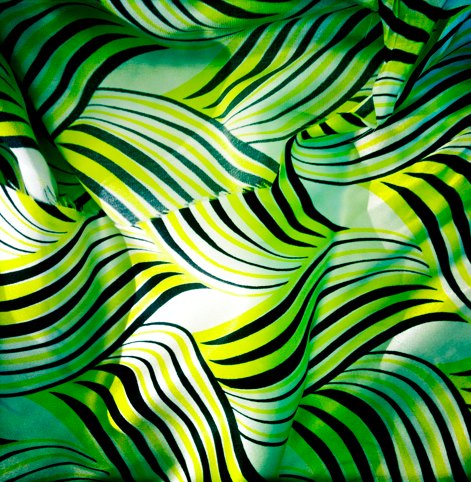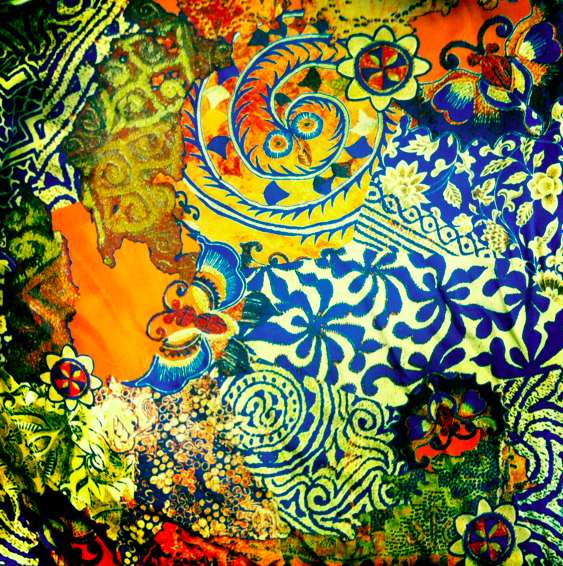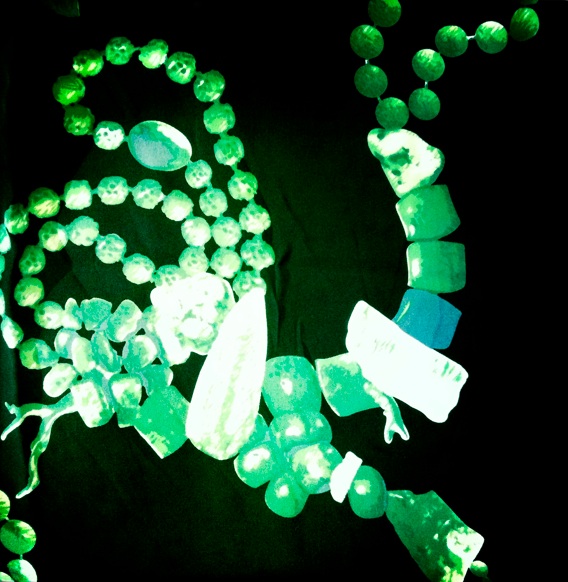-

Fabien Blachier: Textile Design, Fashion’s Hidden Beat
-The hidden beat behind a fashion collection is often set by textile design. Less in the lime light than fashion designers, textile designers are the often forgotten storytellers. Artists behind the cut.
I recently sat down with one such artist, Fabien Blachier, who has developed a culture of textile prints in Shanghai Tang, a fashion house formerly known for a single style of qi pao.
 Fabien Blachier by Thuy Tien Crampton.
Fabien Blachier by Thuy Tien Crampton.Laying foundations for a collection, textile designers aim to build a platform that will inspire fellow designers of clothes, furniture to accessories.
Few fashion houses have invested in in-house textile designers. Those that have – Kenzo, Etro, Marni, Dries Van Noten and Shanghai Tang – use textile prints as part of their DNA.
At Shanghai Tang, Fabien uses textiles to put classic Chinese shapes in a new light.
“As a Chinese luxury brand targeting a global audience, we constantly seek to balance modernity and tradition, East and West,” Fabien said. “Above all, we don’t want to create cliché-style Chinese costumes.”
Inspired by the film “In The Mood For Love,” Fabien recently created a collection that was very graphic and bi-color. Not very Chinese.
“In 1960s Hong Kong, the Chinese imported Western fabric for their qi pao,” Fabien said. “I wanted to give a flavor for the era.”
 Shanghai Tang textile print: SS 2010/2011. Inspired by "In The Mood For Love".
Shanghai Tang textile print: SS 2010/2011. Inspired by "In The Mood For Love".Sadly, even the most beautiful prints can get lost in the hands of a bad fashion designer. Designers are more at ease employing color, Fabien said, but few appreciate or understand how to work with textile prints.
“I have experienced disappointment quite a few times through misuse of beautiful fabric,” Fabien said. “Fashion designers need to know how to break a print, mistreat it, place it, give it shape.”
“Ideally, textile and fashion designers should work together to balance pattern and form,” Fabien said.
“Dries Van Noten, Marni, Etro, Hermes are among the few fashion houses where patterns are revered and mastered. They know how to contrast small and larger patterns, embrace opulence, use colors, and build up texture,” Fabien added.
For this year’s Spring-Summer collection, Fabien focused on the Miao hilltribe for inspiration. An ethnic group scattered along China’s mountainous border with Southeast Asia, the Miao (also known as the Meo or Hmong) wear indigo outfits with intricately sewn embroidery.
“The Miao theme has never been developed by designers, but they are rich with creativity and art, ranging from jewelry to original patterns,” Fabien said.
Throughout the collection Fabien used butterflies, a Miao symbol of beauty. An additional benefit is that Miao outfits are often square-shaped, which highlights print patterns.
 Shanghai Tang textile print: SS 2011/2012. Inspired by Miao hilltribe.
Shanghai Tang textile print: SS 2011/2012. Inspired by Miao hilltribe. Shanghai Tang textile print: AW 2010/2011. Inspired by jade jewelry.
Shanghai Tang textile print: AW 2010/2011. Inspired by jade jewelry.Prior to Asia, Fabien was a textile designer at Kenzo, a fashion house known for its reverence and mastery of textile prints and colors.
Attracted to the East, Fabien moved to Hong Kong five years ago, working at Shanghai Tang. There, he has nurtured a real print culture.
10